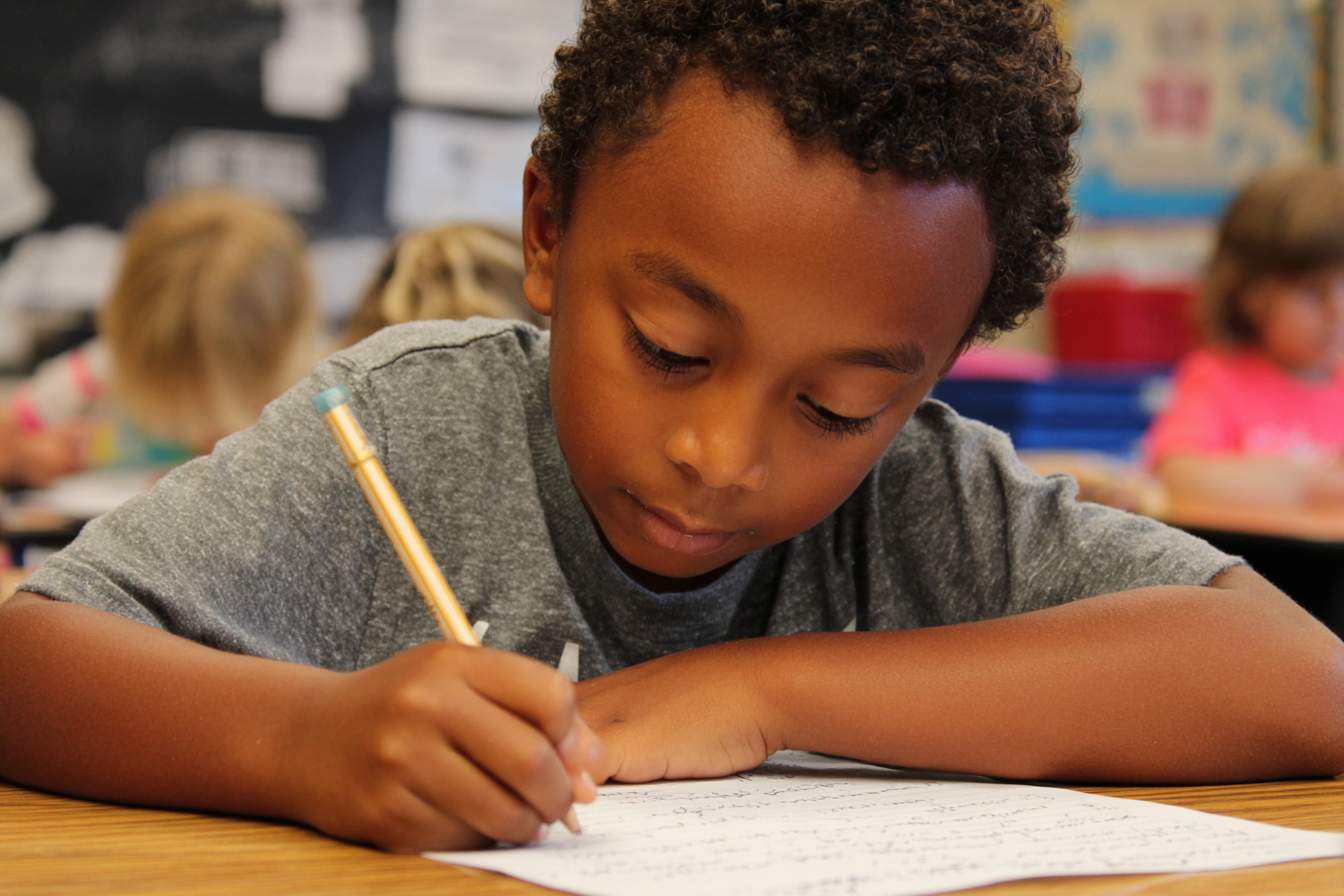Unit Plan 24 (Grade 2 Social Studies): Stories About the Past
Learn local and state history through books, photos, and oral stories as students practice identifying who, what, where, when, and why to retell key events.

Focus: Use books, pictures, and oral histories (stories told by people) to learn about local or state history, and practice retelling what we learned using who/what/where/when/why.
Grade Level: 2
Subject Area: Social Studies (History • Inquiry)
Total Unit Duration: 5 sessions (one week), 30–45 minutes per session
I. Introduction
In this unit, students explore how stories help us learn about the past. Through read-alouds, picture books, photographs, and simple oral histories (recorded or live), they learn to listen for who, what, where, when, and why in each story. Students discover that history is not just dates—it is made of people, places, and events that we can learn about through different sources. By the end of the week, each student creates a short “History Story Page” about a local or state person, place, or event, using information from at least two simple sources.
Essential Questions
- How can books and oral stories help us learn about the past in our community or state?
- What important people, places, and events can we learn about from these stories?
- How do we find and remember the who, what, where, when, and why in a history story?
- Why is it important to listen carefully to stories about the past and share them with others?
II. Objectives and Standards
Learning Objectives — Students will be able to:
- Listen to and read simple history stories (books, read-alouds, oral histories) and identify the who, what, where, when, and why.
- Gather information about a local or state person, place, or event from at least two simple sources (book, picture, map, or oral story).
- Use notes or organizers to record important details about the past in their own words.
- Retell a local or state history story using clear sentences, including who/what/where/when/why.
- Create a short “History Story Page” that shares one story about the past with labeled pictures and 3–5 fact sentences.
Standards Alignment — 2nd Grade (C3-based custom)
- 2.C3.Hist.5 — Use simple sources to learn about the past; retell with who/what/where/when/why.
- Example: After a read-aloud on a local landmark, write 3 sentence facts.
- 2.C3.Inq.2 — Gather information from multiple simple sources (photos, maps, short texts, interviews).
- Example: Use a children’s atlas, a local map, and a librarian interview to learn about services.
Success Criteria — Student Language
- I can listen to or read a history story and tell who it is about, what happened, where, when, and why it mattered.
- I can use more than one source (like a book and a picture or oral story) to learn about the same person, place, or event.
- I can write or say facts (not pretend details) about something that happened in the past.
- I can make a History Story Page with a picture and sentences that someone else can understand.
- I can say why it is important to listen carefully to stories about the past.
